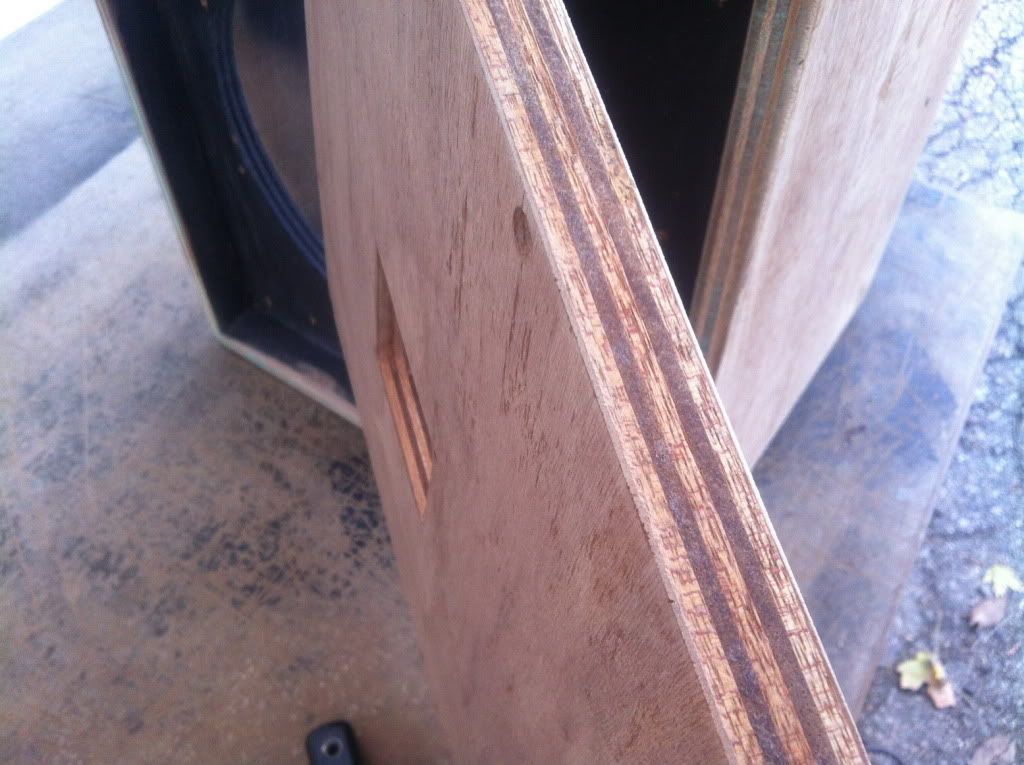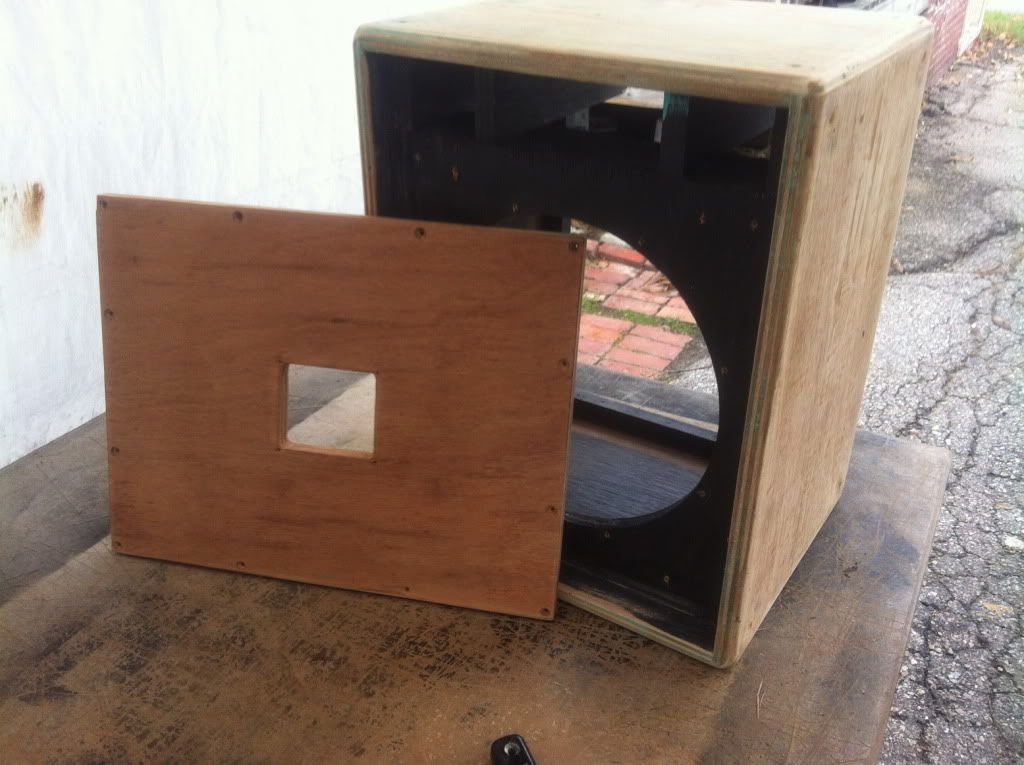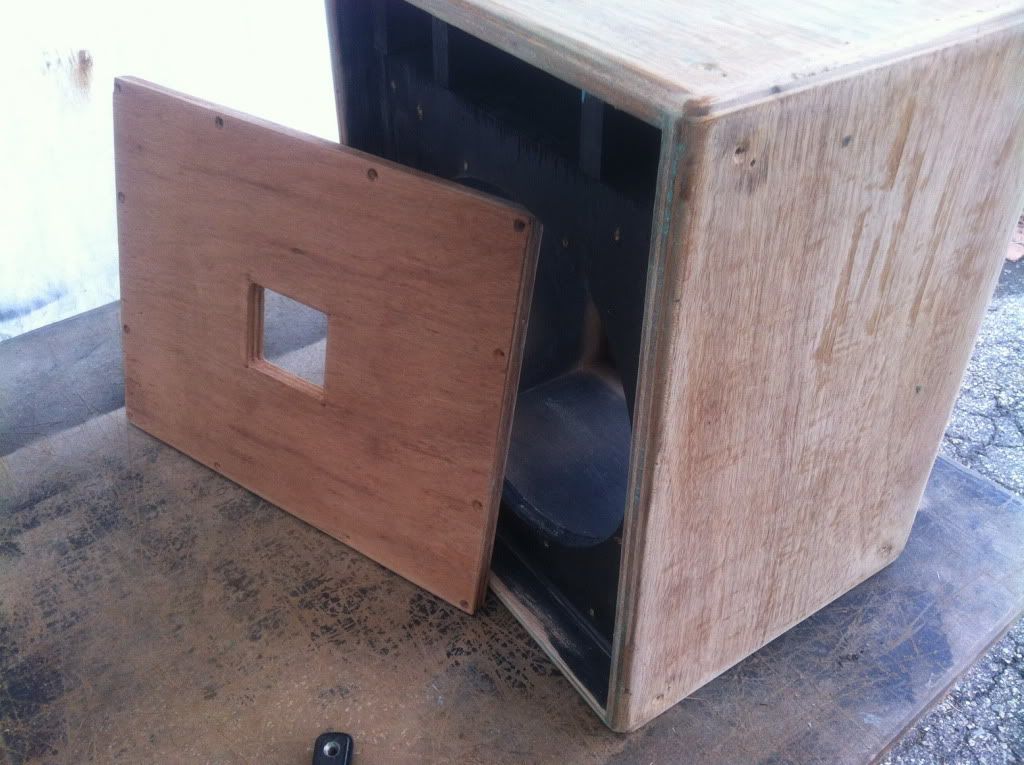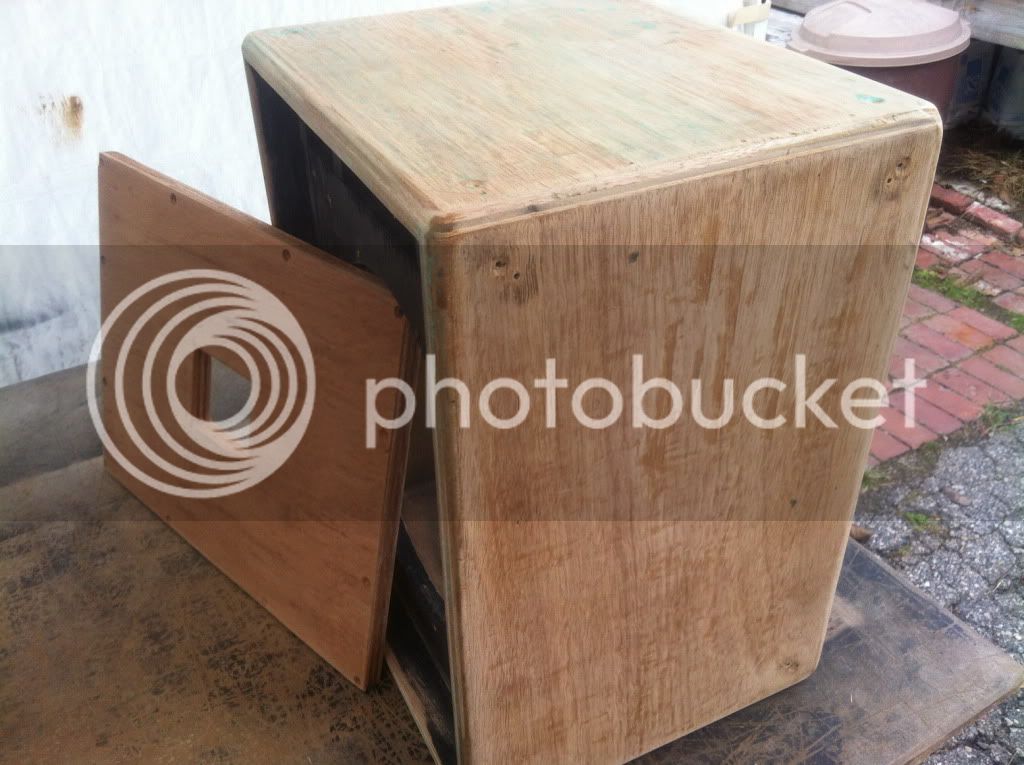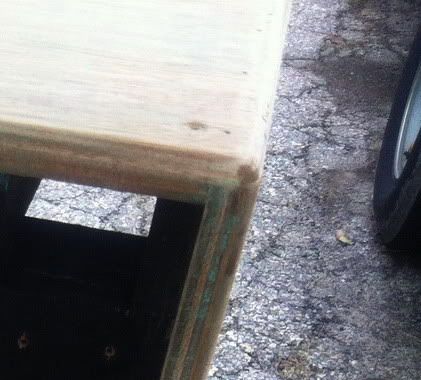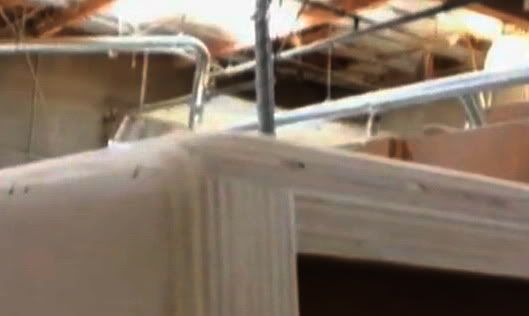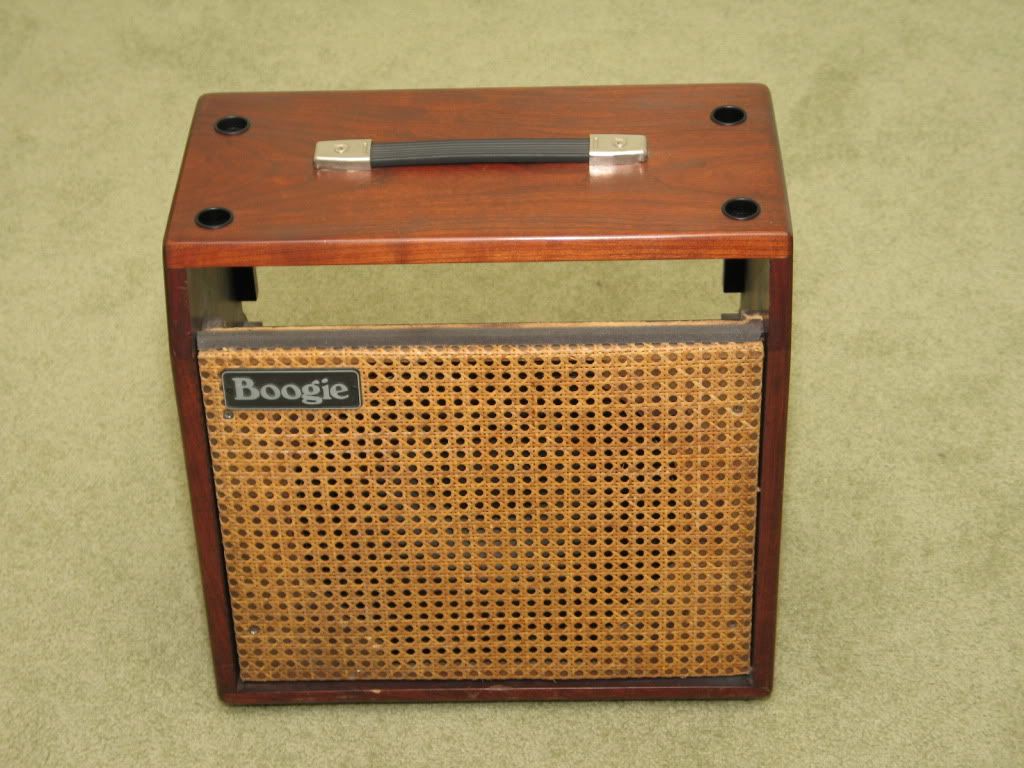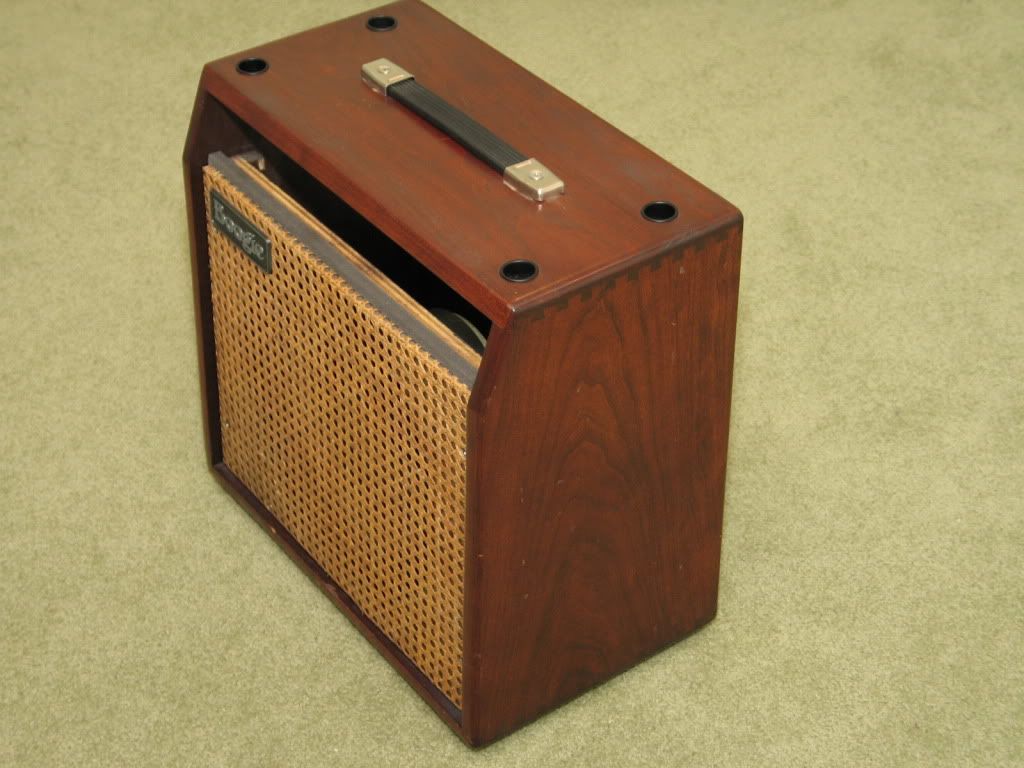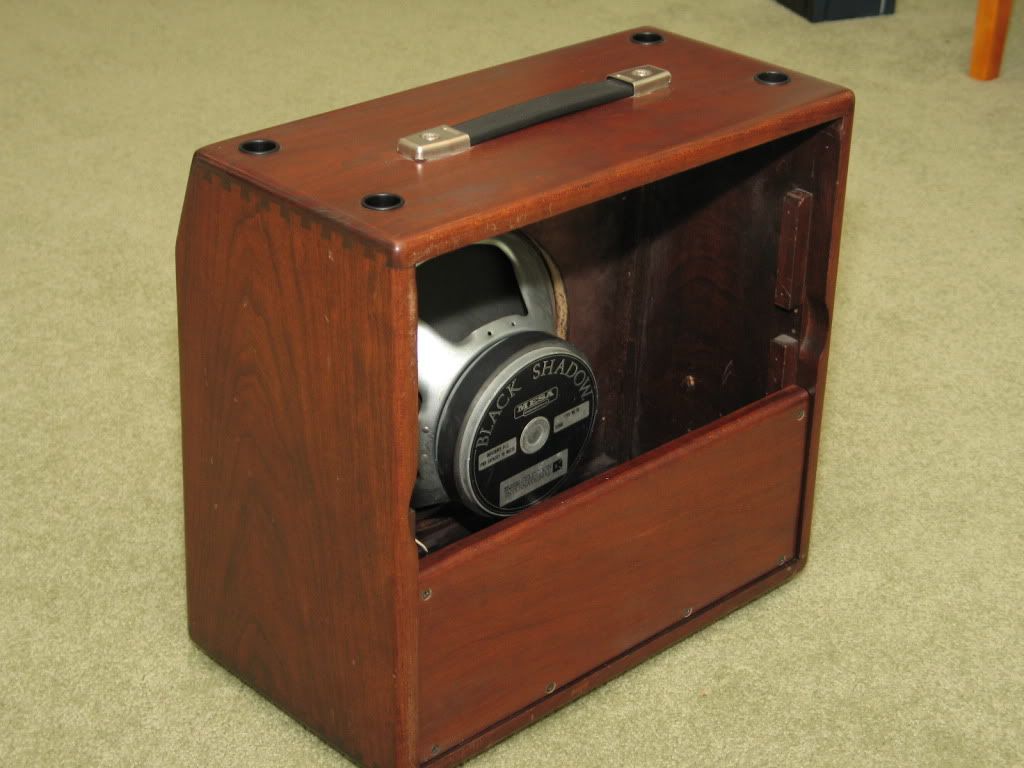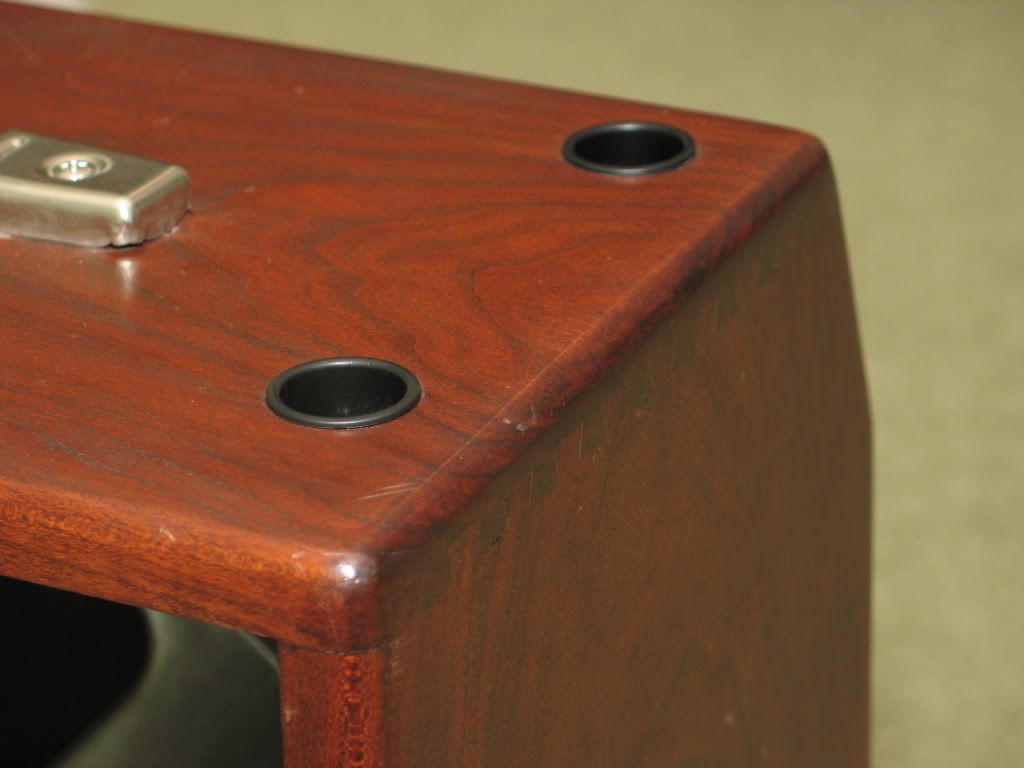gts
Well-known member
- Joined
- Jul 1, 2011
- Messages
- 931
- Reaction score
- 16
- LOCATION
- Looking over the shoulder of the guy who lost his apples
There seems to be some mystery about Mesa cabinetry.
About not only the materials they use now and in the past but,
also about the joinery they use now and in the past.
Mesa currently use Baltic birch plywood.
Have they always used it?
No.
In fact they used "Luan" (a cheap Philippino Mahogany plywood) as well as other plywoods.
I'm in the process of re-tolexing a Mesa widebody head and a old metal grille Mesa halfback 4x12
and have taken pictures which will confirm the above.
I will post the pics soon.
(I've re-tolexed a few Mesa cabs over the years so none of this is new info.)
As for joinery of their plywood cabinets.
Do they use half blind dovetails on their plywood cabs now or in the past?
No.
Do they use dovetails of any sort on their plywood cabs now or in the past?
No.
They use a half-lap Rabbet joint (then and now). They also reinforce the half lap rabbet joint with nails/ wire brads.
The pictures will show this as well.
Many of you know I build cabs (for fun - not for profit - it's a hobby).
I keep getting inquiries asking if half-blind dovetails joints are used on the plywood cabinets I make,
because the people asking think this is what Mesa does.
Where this misinformation/ rumor about Mesa's plywood cab joinery started is anybodies guess.
As for Mesa's hype behind their use of Baltic Birch Plywood...
It's a long story, one which I will expand upon as I have time.
But in short I suspect it has more to do with the machinery they now use (CNC machines) to cut their cabs than anything else.
The rest is more or less hype.
If it isn't hype then all their old cabs: head cabs, combos, 1x12's, Thiele's, 2x12's, 4x12's, were all sub-grade crap.
Which they are not.
Many thousands upon thousands are still in use 25-30+ years after being made and work/ perform just fine.
So forget the Batlic Birch hype, and the misinformation about the joinery used on their plywood cabs.
Yes they use half blind dovetails on their hardwood cabs. It's a strong decorative joint.
But it is not used on their plywood cabs, then or now, nor is it needed.
About not only the materials they use now and in the past but,
also about the joinery they use now and in the past.
Mesa currently use Baltic birch plywood.
Have they always used it?
No.
In fact they used "Luan" (a cheap Philippino Mahogany plywood) as well as other plywoods.
I'm in the process of re-tolexing a Mesa widebody head and a old metal grille Mesa halfback 4x12
and have taken pictures which will confirm the above.
I will post the pics soon.
(I've re-tolexed a few Mesa cabs over the years so none of this is new info.)
As for joinery of their plywood cabinets.
Do they use half blind dovetails on their plywood cabs now or in the past?
No.
Do they use dovetails of any sort on their plywood cabs now or in the past?
No.
They use a half-lap Rabbet joint (then and now). They also reinforce the half lap rabbet joint with nails/ wire brads.
The pictures will show this as well.
Many of you know I build cabs (for fun - not for profit - it's a hobby).
I keep getting inquiries asking if half-blind dovetails joints are used on the plywood cabinets I make,
because the people asking think this is what Mesa does.
Where this misinformation/ rumor about Mesa's plywood cab joinery started is anybodies guess.
As for Mesa's hype behind their use of Baltic Birch Plywood...
It's a long story, one which I will expand upon as I have time.
But in short I suspect it has more to do with the machinery they now use (CNC machines) to cut their cabs than anything else.
The rest is more or less hype.
If it isn't hype then all their old cabs: head cabs, combos, 1x12's, Thiele's, 2x12's, 4x12's, were all sub-grade crap.
Which they are not.
Many thousands upon thousands are still in use 25-30+ years after being made and work/ perform just fine.
So forget the Batlic Birch hype, and the misinformation about the joinery used on their plywood cabs.
Yes they use half blind dovetails on their hardwood cabs. It's a strong decorative joint.
But it is not used on their plywood cabs, then or now, nor is it needed.






















